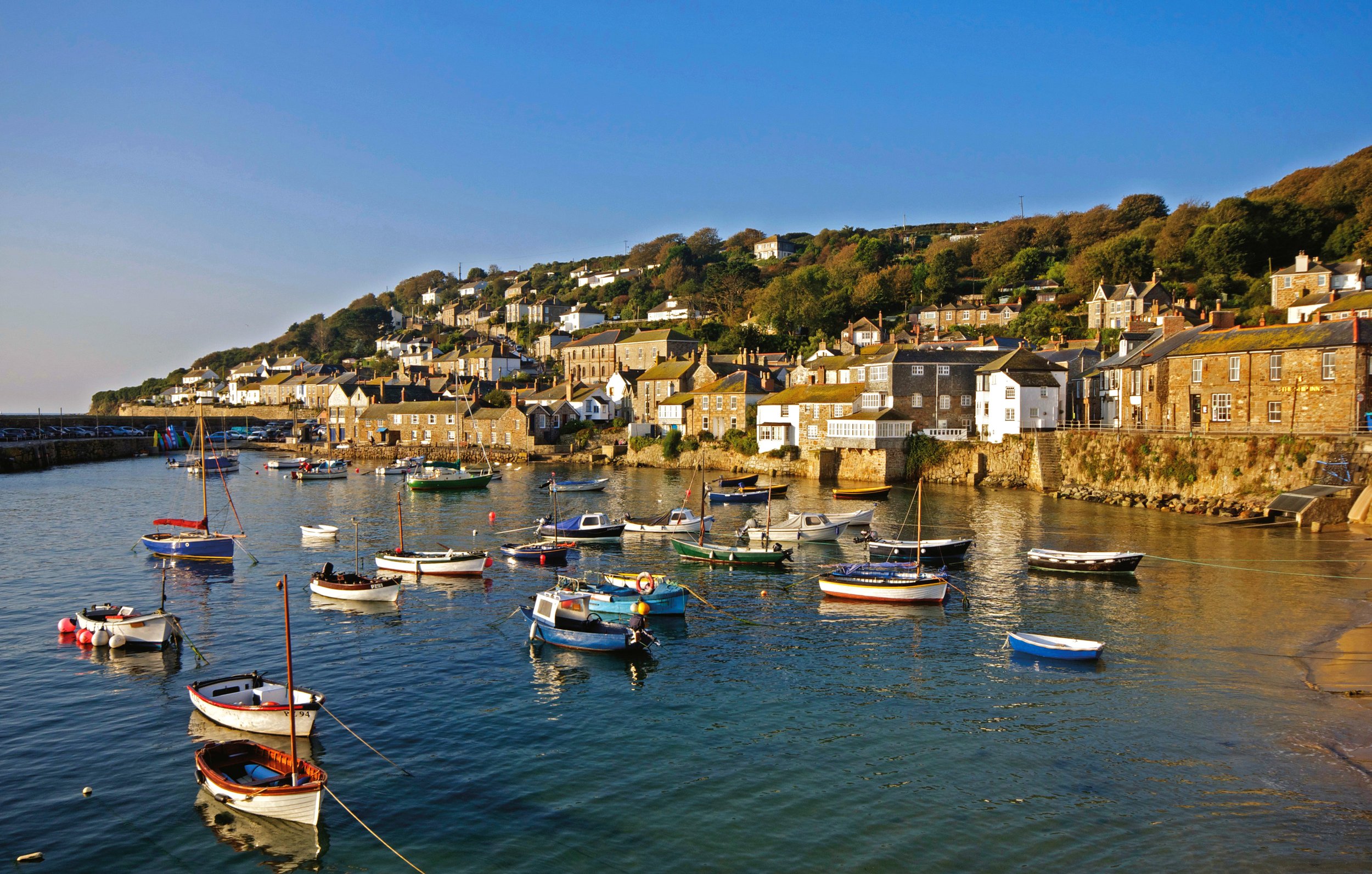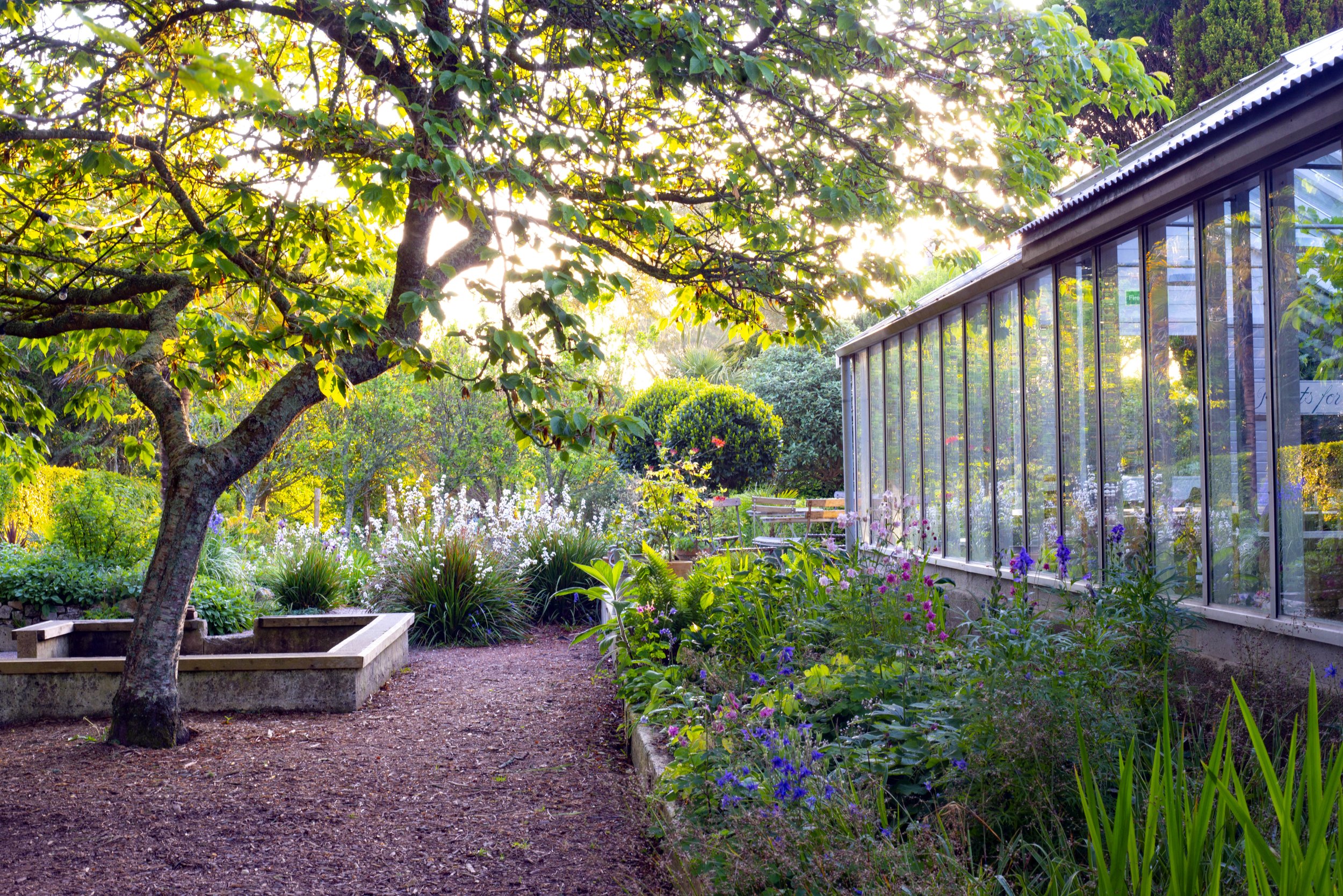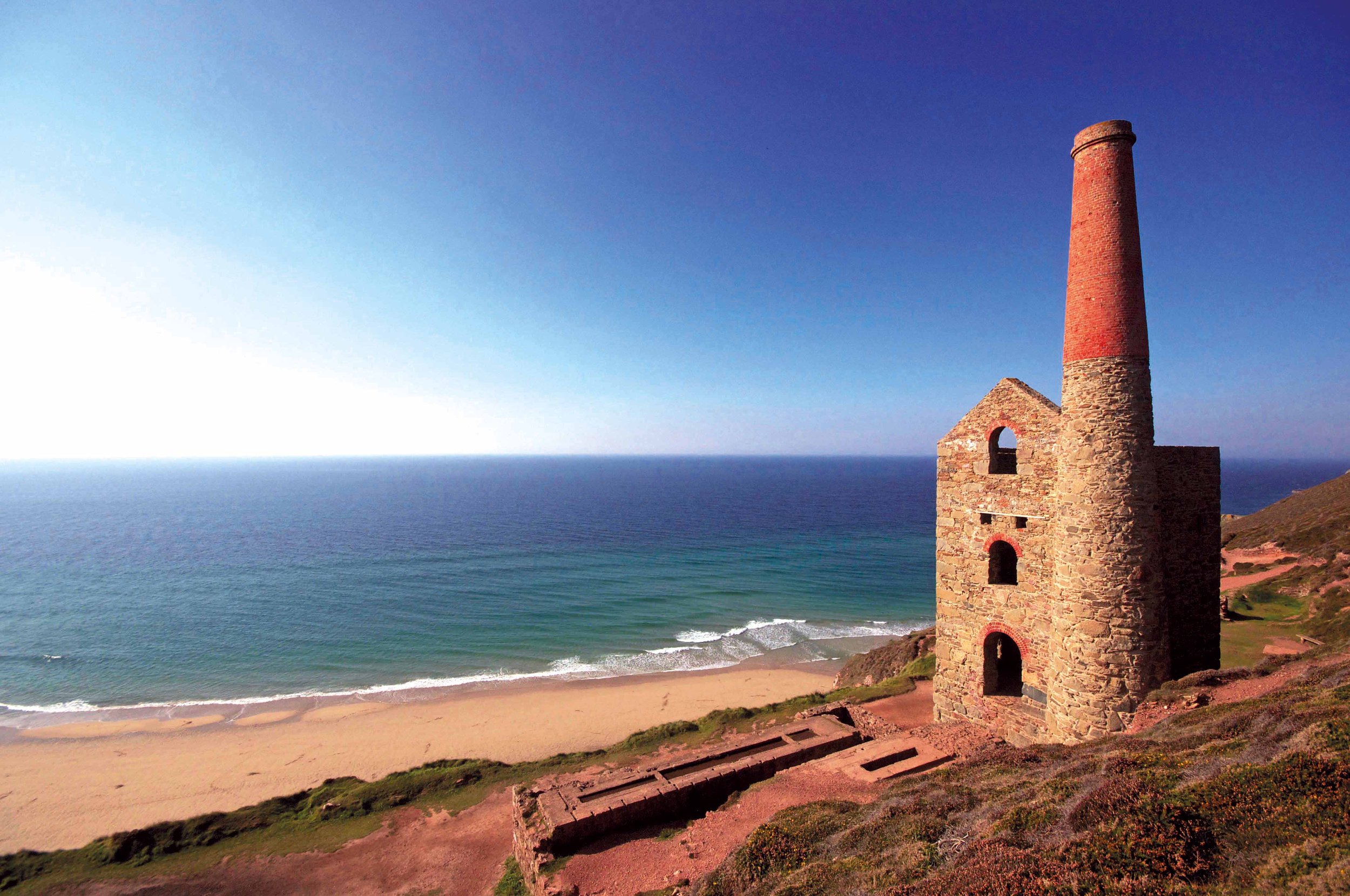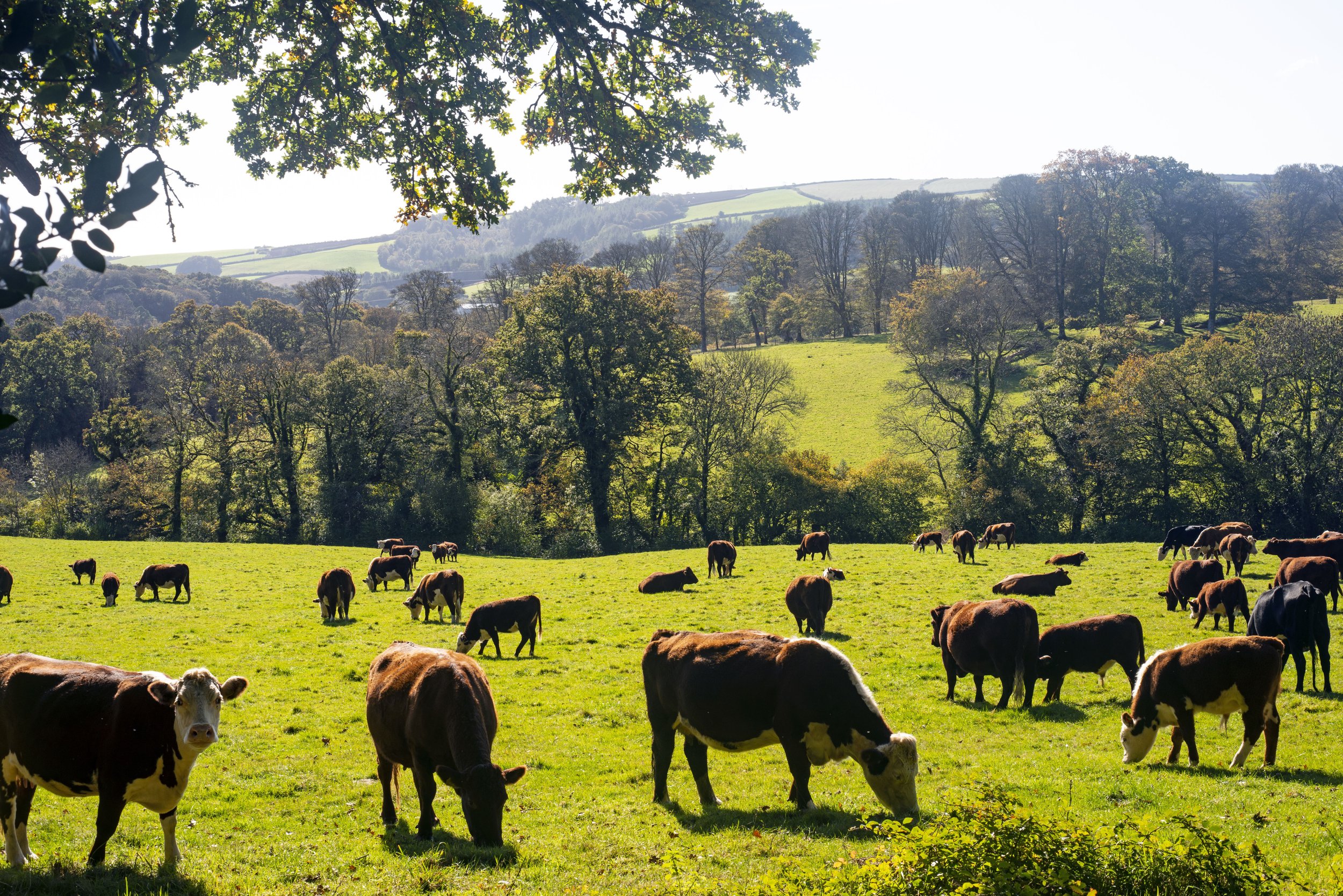An Introduction to Cornwall
Cornwall is a county of great diversity, of strange customs and superstitions, of romantic legends and Arthurian myths. A county with its own language, culture and outlook. Remote, and cut off from the rest of Britain by the River Tamar, the Cornish have developed a proud individuality and resilient independence. The close proximity to the Gulf Stream provides a warm and equable climate. The magnificent coastline, relentlessly shaped by the elements, with its contorted rocks, precipitous cliffs, deep estuaries, smugglers’ coves, golden beaches and picturesque harbours, is unmatched elsewhere in England.
For generations, Cornwall has been the playground for family holidays thanks to its multitude of varying beaches, its warm climate and the gulf stream raising the sea temperature (to above freezing!). The variety and number of beaches is remarkable and there is something for all tastes – rocky beaches, steep, ominous cliffs that demonstrate the force that nature has exerted on this coastline, to wide sandy beaches which rival the best in the world.
The landscape is haunted by countless landmarks of early man (and relics from the industrial past); Long Barrows (burial chambers), Quoits/Dolmens (stones from Megalithic-Neolithic tombs), Fogues (underground storage chambers), Hill Forts and Promontory Forts (strategic settlements or animal enclosures) and Stone Circles (ancient boundary/grave marks, or places of ritual). Only a small selection is described in this book — but many others are indicated on the maps. To put them into an historic context, the Neolithic Period gave place to the Bronze Age around 2000 BC, the Iron Age lasted from about 500 BC up to Roman times, the first 4 centuries AD.
The Cornish skyline has been shaped by the remains of chimneys and engine houses, and by ramshackle desolate buildings beside the road — the remains of a once prosperous tin and copper mining industry. Many examples are to be found in the Camborne - Redruth area, and on the Penwith Peninsula. A number of engine houses have been restored by the National Trust and other organisations. They often stand in spectacular positions and are worthy of a visit. The better known are of Wheal Coates Mine, near St Agnes and Wheal Prosper Copper Mine, near Porthleven. In areas of past mining activity it is vitally important to keep to the evident pathways. Walkers and their dogs have been known to disappear down hidden shafts!
With few exceptions, Cornwall has been noted for the setting of architecture rather than architecture itself. However, there are fine examples of medieval fortresses created by Henry VIII, and elegant country houses surrounded by spacious gardens, as well as an increasing number of more modern buildings: The Eden Project, Truro College or the RNLI Lifeboat Station at Trevose Head. And, the new University of Falmouth & Exeter buildings at Tremough Campus, Penryn.
This new academic endeavour has perhaps come full circle. For is it not ironic that Glasney College (of Penryn), the Collegiate Church founded in 1275 by Bishop Bronescombe of Exeter was to be the leading ecclesiastical powerhouse in Cornwall? Glasney College upheld and promoted the Christian faith, and secondly, the Cornish language, which was left to languish along with its ruins following Henry VIII’s Dissolution of the Monasteries, 1536-1545.
Today, scholars from Exeter and beyond have returned to Penryn to study the Cornish language and it’s cultural affinities.








